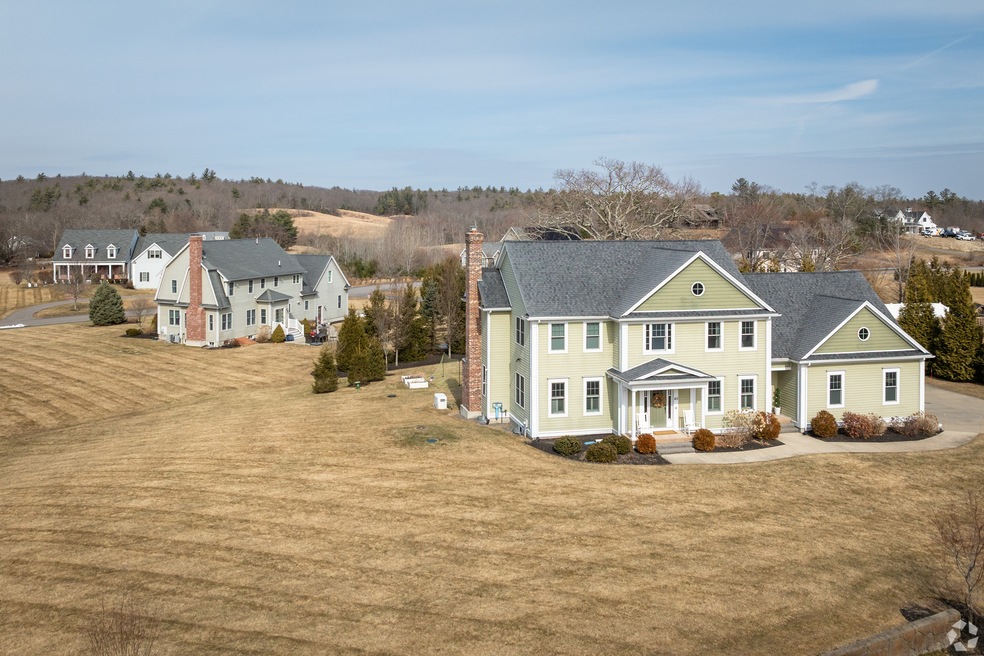With the supply of for-sale homes growing but still limited, prices in the Greater Boston housing market are reaching the stratosphere.
The median price for a single-family home in the region reached $990,000 in April, a record high for the month, according to a report from the Greater Boston Association of Realtors. The median price for condos rose to $732,000, also a record.
The inventory of single-family homes for sale jumped 43% in April from one year earlier, while condo supply grew 37%. Still, it would take 2.5 months to sell all the single-family homes and 3.5 months to sell the condos on the market, well short of the five to seven months real estate professionals see as a balanced market between buyers and sellers.
“Eastern Massachusetts is not that big geographically when compared to other major metropolitan areas. The region simply does not and has not had enough housing to satisfy the demand to live here for a long, long time,” Mark Triglione, GBAR’s president, said in an email.
A “feverish” demand for real estate will keep the region’s prices moving upward, even if buyers start to wrest more of an advantage from sellers, he said, adding in a statement that the recent inventory growth is encouraging.
With mortgage rates close to 7%, sales of single-family homes declined 6% in April from one year earlier, the report said. Sales of condos were down 7.7% in the same period.
The Greater Boston Association of Realtors' territory includes 64 cities and towns, including Boston and much of the surrounding area out to Interstate 495. As an alternative to the high prices in the region, some homebuyers are looking at the Providence, Rhode Island, area, around an hour’s drive to the south. The Rhode Island Association of Realtors reported last week that the state’s April median sale price was $480,000, the same as in the previous month.
Supply in Rhode Island is also low
There isn’t that much on the market in Rhode Island, with just a 2.1-month supply of single-family homes. But it was just a 1.6-month inventory one year ago.
“As always, the housing market reacts to economic volatility but so far, the signs we’re seeing are encouraging,” Chris Whitten, the Rhode Island association’s president, said in a statement.
The higher-end or luxury part of the market has been more active of late within the Route 128 area that surrounds Boston and its inner suburbs, Dion Sorrentino, an associate director of market analytics for Homes.com and CoStar, said in an interview.
“A lot of people have been in a wait-and-see mode for mortgage rates to come down,” he said. Listings were stagnating in 2024; it seems like we’re starting to see a lot of those pent-up sales starting to list. Unfortunately, the buyers are still feeling pressure from high rates and a lot of sellers are still locked into their rates under 4%. So, the ones we see selling are usually on the higher end, folks that have more money for a down payment.”
Land prices have risen dramatically for previously owned single-family homes that come with the extra value of a quarter or half an acre of yard space, Sorrentino said.
Another factor driving prices upward is that there has been a movement back to working in offices after the pandemic’s remote work phase, he said. Wages in the Boston region are 140% of what they are nationally, so well-paid workers in growing industries like biotechnology have a significant effect on housing prices. A so-called starter home can cost as much as $700,000.
“The pace of home price increases in the last two years has probably been about three times that of rent increases, so it’s more economical for many people to keep renting,” Sorrentino said. “They’re biding their time until they get a new job or rates come down.”
Some of the smaller “gateway” cities on the outer reaches of the Boston region, including Worcester, New Bedford and Fall River, are seeing more interest than in the past from buyers. A commuter rail line began operating in March from New Bedford and Fall River into Boston.
Sorrentino said it’s too early to see an impact from that train on the market, but he sees more buyers looking toward Rhode Island for more affordable homes. He noted that some large employers, including the life sciences firm Organogenesis and defense contractor Anduril, recently decided it’s more economical to locate near Providence. The companies’ presence will attract some buyers who might otherwise have looked for homes closer to Boston.
Back in the Boston area, real estate agent Melvin A. Vieira Jr. of ReMax Real Estate Center said in an interview that the market feels like it’s at a “standstill.” There isn’t enough property available to sell, he said, while high mortgage rates and people’s concerns about the economy contribute further to the slow market. Sifting through current listings this week, he identified only a handful of homes for sale in some of the key markets close to the city.
“No one knows what to do or where to go,” he said.

